WFH Employer Checklist

WFH Employee Checklist
April 9, 2020
WFH: It was fun for the first 2 weeks…what now?
April 13, 2020
For many managers, you may feel like you have little or far less control over what happens when your employees are not in the office. In fact, you may resign yourself to the opinion that they will be far less productive when an employee is working from home. However, with the right pieces in place, you can make the time that employees work from home very successful and sometimes even more productive. Whether your team is forced to work from home or you want to use it as an employee benefit, there are a few things you should keep in mind.
Does my team have an environment that enables them to succeed?
- Set your team up with the right gear and hardware. This includes everything from computers, monitors, cameras, printers, scanners, and phones.
- Encourage your team to establish a structured and separate “work” space. Preference should be given to an area not in a high traffic area or one typically associated with leisure time like the couch close to the TV or somewhere you’re easily interrupted. Having a dedicated space will make it easier to mentally transition into a work mindset.
Does your team have the proper software licensing plan in play for a remote team to function well?
- Connectivity is crucial. Help by making recommendations, adding technical guidance to ensure staff has what they need from both bandwidth and security protocols. Does your team have/need a structure VPN connection?
How do I help my team continue to achieve their goals and work efficiently from a distance?
- Set clear expectations with your staff. Establish deliverables, timetables, and expected activity levels. Make sure to follow up with accountability measures, like regular 1 on 1.
- Set a clear communications plan – how often, when, and the median (Zoom, Go2Meeting, Microsoft Teams, etc.).
- Establish measurement criteria and create weekly status reporting to help track progress, creating a better communications cadence. Having a tool or platform (such as a CRM) that tracks employees’ activities is recommended. Creating interactive dashboards that allow performance monitoring can be a great accountability tool when discussing status and updates.
How do I keep employee morale high?
- Use daily & weekly video (instead of just audio) conferences to ensure collaboration and sense of being on a team. Face time can go a long way to help your team feel more connected.
- Create socializing opportunities like a virtual happy hour or team meetings where people share about their weekend or wear their favorite shirt. Have a show-and-tell moment about each team member’s pets or favorite jersey, baseball cap, etc. Get creative.
- Create an award that employees can win each week/month for top performance accompanied by some sort of prize and recognition.
How do I handle personnel challenges and conflicts?
- By establishing schedules, routines and frequent touchpoints, you will create a strong cadence to set expectations and measure performance against established goals. Coaching and guidance, sooner than later when expectations are not being met is crucial. Don’t let small things slide to much. Small things have a tendency to snowball.
- It’s highly encouraged to make status meetings and feedback sessions as video conferences. It’s both more formal and personal at the same time. If you need to give constructive feedback, it can tend to be better delivered and received face to face.
- If a conflict is arising among team members, it’s always best to try and have those team members attempt to work out their issues first before escalating. That being said, the whole topic of employee conflict resolution is a deep a complex subject. It’s sometimes made more challenging when the workers are remote. The lack of interpersonal contact sometimes creates what is known as Online Disinhibition (a loosening of social restrictions and etiquette normally present in face-to-face scenarios). When you need to get involved it is highly recommended to set a video conference meeting and for you to play the role of referee. It’s important for all parties involved to be heard and for you to hear all the details before helping to guide toward a solution.




